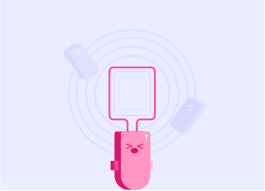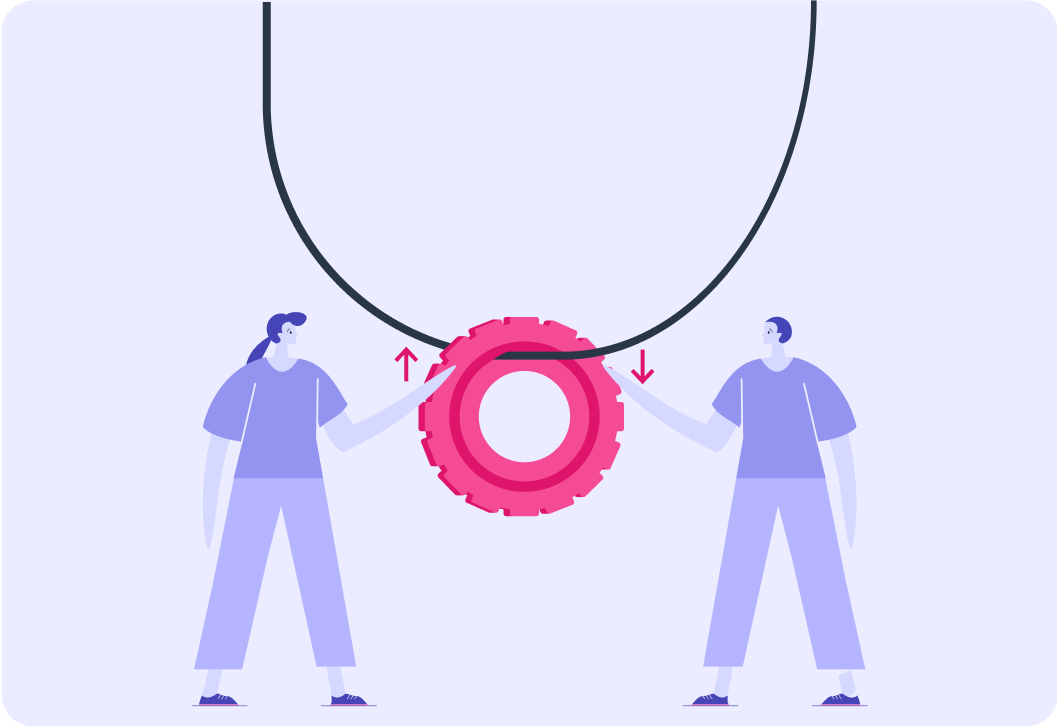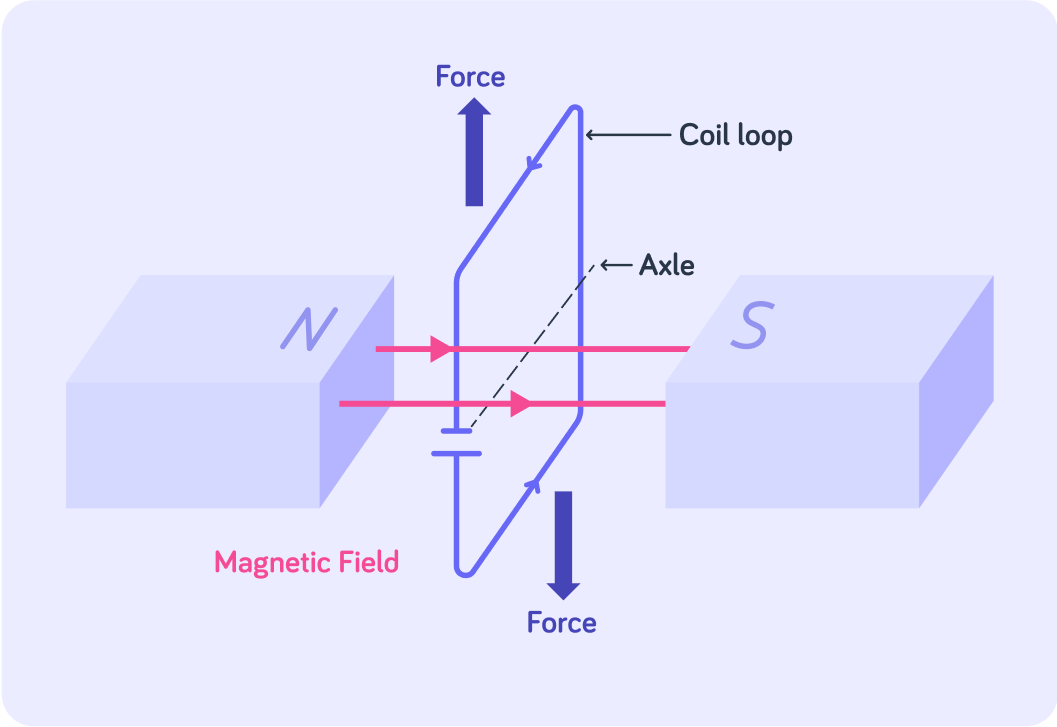YOU ARE LEARNING:
How This All Drives Rotation

How This All Drives Rotation
This lesson looks at how the force on a conductor in a magnetic field is used in electric motors to generate rotation.
Imagine you and a friend stand on either side of a tire hanging on a line. If you push the tire upwards and your friend pulls the tire downwards, the tire will begin to...
A) move along the line. B) bounce on the line. C) rotate around the.


This lesson will look at how we can use magnets and wires to create a similar effect.
This is used in electric motors.

First let's recap!
When a current-carrying wire is placed perpendicular to a magnetic field, it experiences...

The motor effect describes the force a current-carrying conductor experiences in a magnetic field. Does the direction of the current in the conductor affect the direction of the force?

A current-carrying wire experiences a force acting on it when it is placed perpendicular to a magnetic field. We can find the strength of this force, using F=BIL
The direction of the force depends on the direction of the current. We can use Fleming's Left Hand Rule to find what direction it will be in.
We can create a loop of current-carry coils held on an axle, and place it in the magnetic field generated by two magnetic poles, as seen in the image above.
The current goes in one end and comes out the other. Notice that it is travelling in opposite directions on either side of the loop.

The two sides of the loop will experience a force due to the motor effect. Will the forces on each act in the same direction? Answer yes or no.


Using Flemings Left Hand Rule, you can see that the force exerted on the left side of the loop will be acting upwards, whereas on the right side the force will be acting downwards.
Just like the two people rotating the tire on the line, the loop will rotate about the axle.

In what direction will the loop rotate?
A) Clockwise B) Anticlockwise


However, when the loop rotates enough that it is at 90º to the magnetic field, it will stop moving. Can you guess why?
A) Past 90º the forces act to push it back. B) The magnetic field is no longer perpendicular to the coils. C) The current runs out.


We can solve this problem by switching the direction of the current as soon as the loop passes 90º. We do this by using a split-ring commutator.
This is a split metal ring connected to conducting brushes that allow current to pass onto the ring. It changes the direction of the current which changes the direction of the forces acting on the loop. That allows it to rotate continuously.

Which of the following devices do you think makes use of this rotational effect?

So we have shown how a loop of current-carrying coils can generate rotation thanks to the motor effect.
If we increase the number of turns in the coil, it will _____________ the strength of the magnetic field produced by the coil.

So if we produce a stronger magnetic field, for example by increasing the number of turns in the coil, what will happen to the speed of rotation?
A) It will stay the same. B) It will decrease. C) It will increase.

Current flowing through the coil creates a magnetic field. If we increase the strength of the current, what will that do to the strength of the magnetic field produced?

So electric motors transfer electrical energy into...

To sum up, electric motors make use of the the motor effect. By placing a loop of current-carrying coils in a magnetic field, the rotation of the loop due to the forces generates kinetic energy. This can then be transferred to other forms of energy, which is what an electric motor is for. We can increase this effect by increasing the current, increasing the number of turns in the coil, or increasing the strength of the magnetic field.
